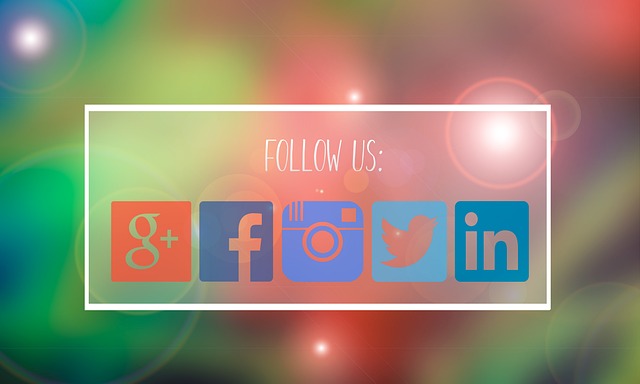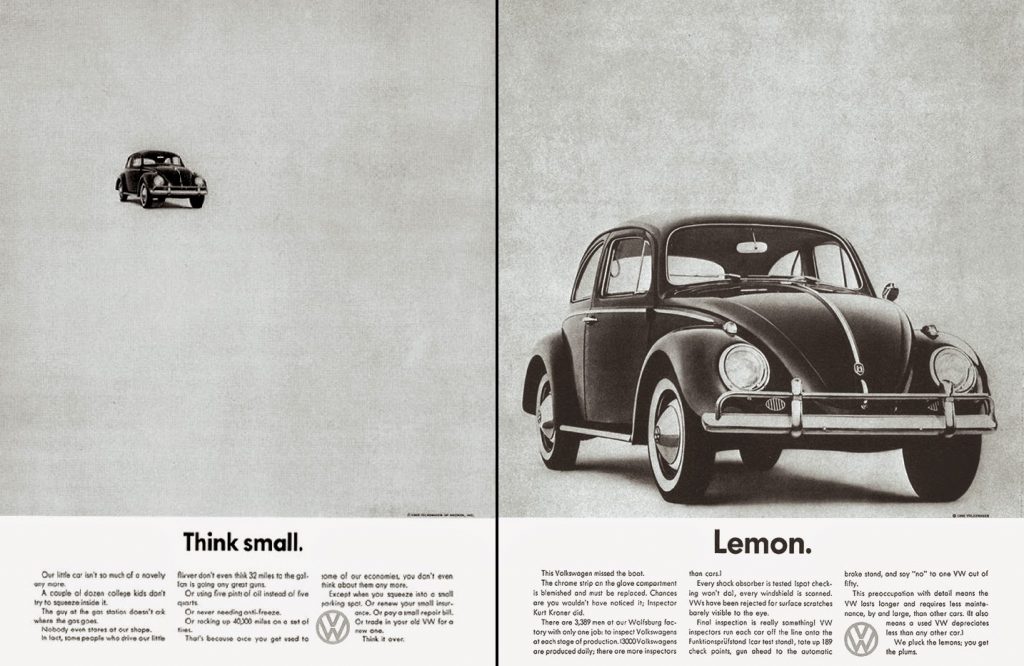
The television is a great medium for advertisers to get their message across. With millions of viewers watching the same TV show simultaneously, advertisers have the ability to reach a wide audience with their ads. Traditional television's ad spend is declining as more people choose to stream content from streaming services like Netflix.
Despite these limitations, television remains an extremely powerful medium for advertisers. Television continues to be one of most profitable media channels globally. The television channel has the highest return on investment of all media channels.
Cost of TV Ads
The cost of television ads can vary widely depending on the product or service being promoted, as well as the amount of time spent on that show. It can be hard to decide how much to spend. The cost of a television advertisement can be divided into three categories: the network fee (syndication fee), and the production cost.

Television advertising can be quite expensive. This is why many companies don’t want to spend too much on their advertising. Smart TV technologies and other marketing tools can be used to lower the cost of your ads campaigns.
Connected TV Ads
While streaming and linear television may be viewed as two different platforms, they can actually work together to provide brands with a wider reach. It's crucial for brands to look at how they can leverage their advertising dollars in order to reach their target audience.
Connected TV, a new ad format, is intended to connect viewers to their favorite shows. This combines TV technology with online data to determine which viewers are most interested in the show. This results in an ad targeting specific households based upon their age, gender, and other demographics.
This allows advertisers the ability to tailor their advertising experience to each viewer. This can increase brand awareness, and help boost conversions. It's also easier to track the results of a campaign.

It is predicted that by 2022 36% percent of total TV viewing will be connected to a connected device. Even though ConnectedTV ad spend makes up only 18%, it can be a significant portion of a brand’s overall marketing budget.
As it continues to help advertisers build their brands, and drive sales, this ad type will likely grow over the next few years. This ad type will enable consumers to access content wherever they are, and it will let them see ad-free versions popular shows that may otherwise be missed.
FAQ
Advertising what is it?
Advertising is an art form. It's not just about selling products. It's about creating emotional connections between people and brands.
Advertising is about telling stories and using images to communicate ideas.
Communication must be clear and persuasive. It is important to share a story that appeals to your target audience.
Advertising is thus different from other forms, such public speaking, writing, and presentations.
When you create a winning ad campaign, it is creating your brand identity.
This is how you make yourself memorable. You will be remembered by others.
What is affiliate marketing?
Affiliate marketing is an online business model where you earn commissions by referring customers to products and services sold on other websites. The product owner pays you when someone buys from you.
Referrals are the foundation of affiliate marketing. To get people to buy from your affiliate marketing, you don't have any special requirements. All they have to do is to refer them the website.
Making money doesn't require any hard selling. It's as simple to sell as to buy.
In minutes, you can also set up an affiliate account.
You will get more commission if you refer more people.
There are two types affiliates.
-
Affiliates who own their own websites
-
Affiliates who work in companies that offer products or services.
What are the basics of television advertising?
Television advertising is a very effective medium to reach many people at once. It was also expensive. It is powerful, however, if it is used well.
There are many different types of TV ads, but they all have certain common characteristics. It is important to make sure that your TV ad fits into the appropriate category. If you're running a product commercial, don't try to run a lifestyle commercial as a product commercial. Your message should stay consistent throughout the campaign.
Second, prime-time hours are the best times to air your ads. This is because many viewers are able to relax in front of the TV while watching. You want them to be able focus on your words and not get distracted by the TV.
The bottom line is that even if you have a lot to spend, it doesn't necessarily mean you'll be able to get great results. However, this may not be true. The University of California conducted a study that found commercials shown on popular programs were less likely than those on non-popular programs to sell products. So, if you spend a lot of money on TV advertising, ensure you do it right.
What is an advertising buyer?
An advertiser purchases advertising space on TV, radio or print media.
Advertisers pay for the time their message appears.
They don't necessarily look for the best advertisement, but instead seek out the most effective way to reach their target market.
An advertiser might have information specific to their potential customers such as age and gender, marital status or occupation, hobbies, interests, income, etc.
The advertiser can use this data to determine which medium will work best for them. They may decide that direct mail works better with older people.
Advertisers also evaluate the competition. Advertisers may decide to place their ads in close proximity to similar businesses.
Advertisers should also consider how much money they have available and how long it takes to use it.
How much does it cost to advertise on social media?
You should be aware that social media advertising costs money. You'll be charged monthly according to how long you spend on each platform.
Facebook - $0.10 Per 1,000 Impressions
Twitter - $0.20 Per 1,000 Impressions (if you tweet).
Linkedin - $0.30 for 1,000 impressions if your send out invitations
Instagram - $0.50 for 1,000 impressions
Snapchat – $0.60 per 1,000 impressions ($0.40 for each user)
YouTube - $0.25 for 1,000 views
Tumblr Text Posts - $0.15 Per 1,000 Impressions
Pinterest - $0.05 per 1,000 impressions per month
Google + $0.15-$0.20 Per 1 Million Impressions
Tumblr $0.15- $0.20 for 100,000 impressions
Vimeo - $0.20-$0.25 per 10,000 impressions
Soundcloud - $0.20 to $0.0.25 per 1 Million Plays
StumbleUpon - $0.20 -$0.25 per 1 billion pageviews
Digg – $0.20 - 0.25 per 1000 diggs
Reddit - $0.20-$0.25 per 1000 comments
Wordpress – $0.20--$0.25 Per 500 Comments
Flickr - $0.20 -- $0.25 per 5,000 photo uploads
What is an advertising campaign?
Advertising campaign refers to a series of advertisements intended to promote a product. It could also refer the entire production of such advertisements.
"Ad" is a Latin word that means "to sell." Marcus Terentius Varro (116–27 BC), was the first to make it a verb, meaning "to make sale".
Advertising campaigns are often carried out by large agencies or companies. Advertising campaigns can involve many media types, such as television, radio, print, and the internet.
Advertising campaigns can last up to six months and have specific goals. Advertising campaigns can have different goals. Some are focused on increasing sales while others generate awareness.
What do you need information about print advertising
Print advertising is an effective medium for communicating with consumers. Print advertising is used extensively by companies to promote their products or services. The main goal is to catch the attention and buy from the consumer.
Print ads are usually one page in length and can include text, images and logos. These ads may include sound, animation and video as well as hyperlinks.
The following are the main types print advertisements:
1. Brochures – These are large format printed pieces that are intended to draw people into stores. They often have colorful pictures and eye-catching designs.
2. Catalogues: These are smaller versions or brochures. These are often sent to customers who have asked for information on particular items.
3. Flyers – These are small pieces made of paper that are distributed at events, such as fairs or concerts. They can be given at retail outlets but must be paid for.
4. Posters - These flyers can be larger than the ones you see on the flyer. They are displayed on walls, fences, and buildings. They are usually made using computer software programs, which is designed to draw the eye of passersby.
5. Direct mail – This is a direct mailing of letters or postcards directly to customers. These are sent periodically by companies to remind current customers about their business.
6. Newspaper Ads – These are ads that appear in newspapers or magazines. These ads are often quite long and include both text and images.
Statistics
- Advertising's projected distribution for 2017 was 40.4% on TV, 33.3% on digital, 9% on newspapers, 6.9% on magazines, 5.8% outdoor, and 4.3% on radio. (en.wikipedia.org)
- This means that at least 50% of an ad needs to be shown on the screen for at least one second. (quicksprout.com)
- It's 100% reliant on your website traffic. (quicksprout.com)
- In 1919 it was 2.5 percent of gross domestic product (GDP) in the US, and it averaged 2.2 percent of GDP between then and at least 2007, though it may have declined dramatically since the Great Recession. (en.wikipedia.org)
External Links
How To
How to place sponsored ads on Facebook
Facebook is now one of the most used social networking sites. It has been estimated that there are 1.79 billion active monthly users worldwide. The number of users continues to rise each day.
Facebook is completely free. However, you will need to pay to reach your target audience. You can use paid advertising options such as banners, promoted posts, etc.
If you already have an application registered, log into your existing app. You can also click on "Create New App". Next, follow these steps.
-
Click "Add Platform," under the Apps Section.
-
Click Continue, then select "Advertising".
-
Fill out the form and submit it.
-
After approval, you'll receive a Client ID (and Secret key). Copy them down.
-
and paste the keys into the appropriate fields.
-
Select the currency and enter the name of the campaign.
-
Click "Begin Campaign"
-
Follow the steps until the banner appears. The URL will be copied and you can return to Facebook.
-
Paste the code into Facebook's box.
-
Click "Save Changes".
-
Your ad needs to be now live
-
For each additional banner that you wish to make, repeat steps 10-12.
-
Click "Continue" when you're done.
-
Finalize the creation of your ad groups.
-
After you are done, click "View All Ads" and see all your campaigns.
-
Click the "Remove Advertisements" button next to any ad.
-
If you don’t see results after running your campaigns, ensure that you followed all the directions.
-
Make sure to check the dates of your campaign.
-
It is important to budget properly.
-
Make sure to save your changes.
-
Review the settings for your campaign before clicking "Submit."
-
Allow your ads to appear on the timeline.
-
Bravo for a job well done!
-
Let's now examine some tips to help improve your results.